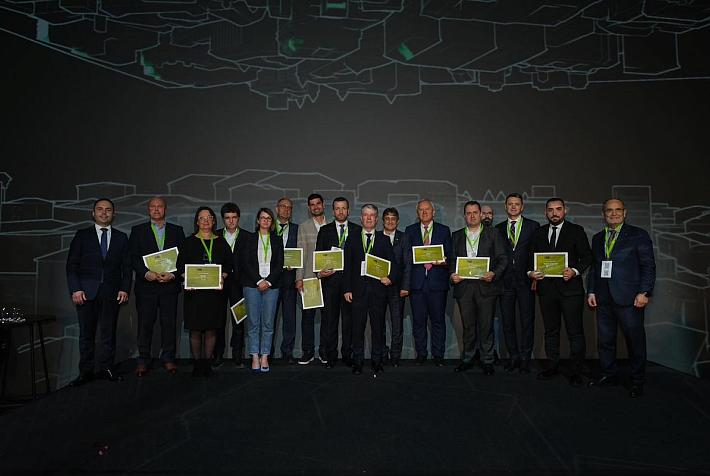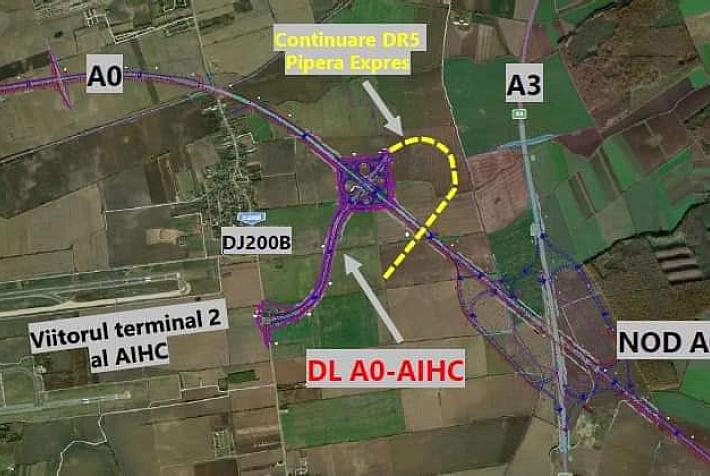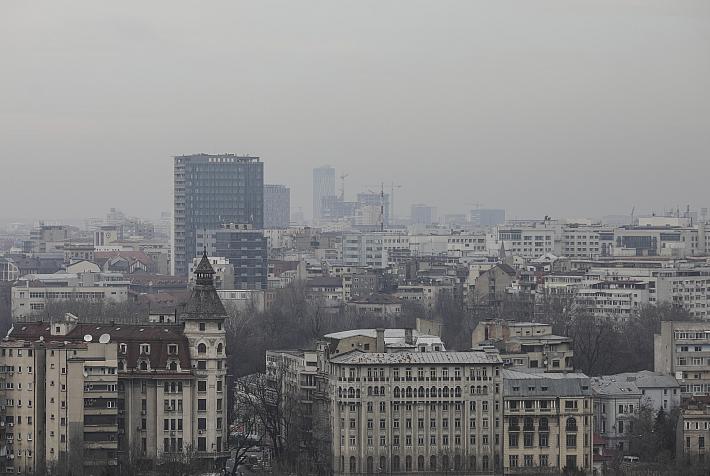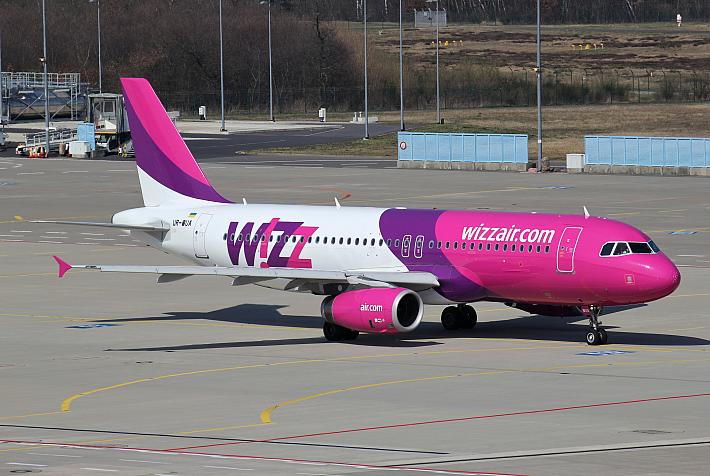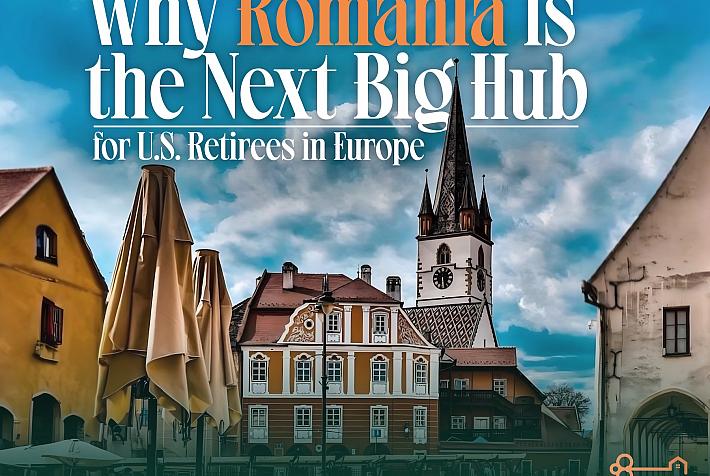Mazars: A more business friendly VAT system would help Romania reduce its VAT gap

Romania has one of the highest VAT gaps in the European Union but a simpler and more business friendly VAT system would help it reduce the difference between expected VAT revenues and the actual revenues, according to financial consultancy firm Mazars.
Romania had one of the widest VAT gaps in the EU between 2010 and 2014, alongside Malta and Lithuania, according to the “VAT Gap in the EU-28 Member States” study. Moreover, in 2010 and 2014, Romania was the last country in the EU in terms of VAT gap with a rate of 41.37% and 37.9% respectively. On the other hand, Sweden and Finland were the countries with the lowest VAT gaps in the EU, with rates between 1.24% and 7.12%.
The VAT gap represents the overall difference between the VAT revenue and the amount actually collected. The calculation of the VAT gap is relevant because it shows how much VAT is collected by every country compared to the expected VAT revenue to the state budget.
In 2014, Romania collected only 62% of the expected VAT amount while countries like Hungary or Bulgaria collected 82% and 80% respectively, the study shows.
In absolute terms, in 2014 the total VAT gap in the EU was EUR 160 billion out of which the VAT gap in Romania was of some EUR 7 billion. This sum is very high, considering that Romania had a budgetary deficit of about EUR 2.2 billion in 2014.
“The fact that Romania is among the EU countries with the highest VAT gap in the EU in 2014, represents a negative factor that definitely affects Romania’s image and its attractiveness towards the investors. On the other hand, the results of such study represent a warning signal for the authorities in Romania who are responsible for implementing measures to combat tax evasion and increase VAT revenue collection at the state budget,” reads a Mazars report.
Romania has made efforts to reduce the VAT gap by introducing in the local legislation a set of measures in order to combat tax evasion and to increase the level of VAT compliance (the reduced VAT rate on food, the application of the simplification measures for certain transactions). In the last period, Romania has also tightened the conditions for the VAT registration, has increased tax audits and verifications carried out by anti-fraud inspectors, introduced new declarative obligations with the 394 form for reporting the operations performed in Romania.
The majority of these measures were applicable after the January 1, 2015, and their effects have not been reflected in the EC study, according to Mazars. However, the European Commission’s Action Plan on VAT, which was adopted in April this year, mentions that simply adding new layers of obligations and checks in order to tackle fraud will add even more compliance costs and legal uncertainty for all businesses including the trusted ones, and further hamper the functioning of the single market.
On the contrary, the EC Action Plan proposes such measures as the simplification of the VAT system and its transformation into a more business friendly one. For example, the simplification measures that apply to the supply of buildings could be extended on the entire supply chain, including construction services, Mazars specialists believe.
“Romanian authorities should review the effectiveness of the already implemented solutions and propose additional ones in order to reduce the VAT gap. Furthermore, they should know the needs of the companies performing operations locally and come up with proposals regarding the modification and simplification of the EU VAT system in order to support their activity,” Mazar states.
The company’s specialists also believe that Romanian authorities and businesses must also be prepared to assimilate changes in the EU VAT system, which would also impose important changes to the legislation in Romania.
The EC believes that it is necessary to develop a single EU VAT area, which should boost jobs, growth, investment and competitiveness. The Action Plan on VAT includes measures such as: the simplification of the VAT legislation for cross-border e-commerce, a simplified VAT package of measures for Small and Medium Enterprises, a better collaboration between the EU Member States and with the non-EU Member States.
Romania’s budget deficit widens after first eight months
VAT gap in Romania drops, but still among highest in the region
editor@romania-insider.com







